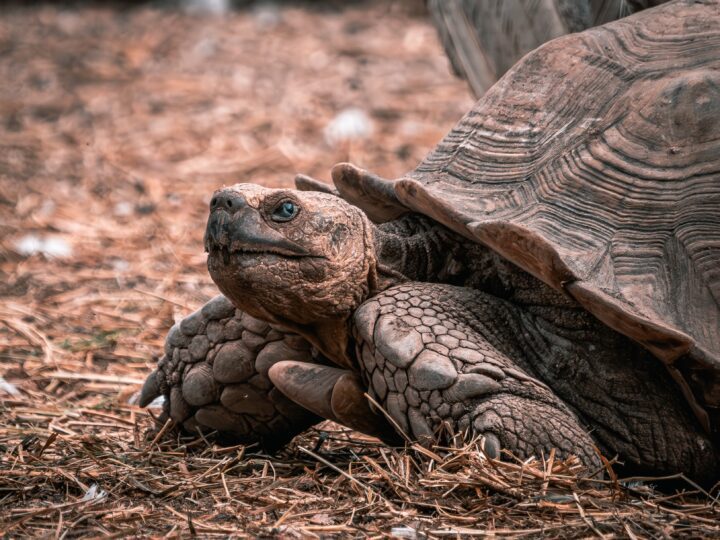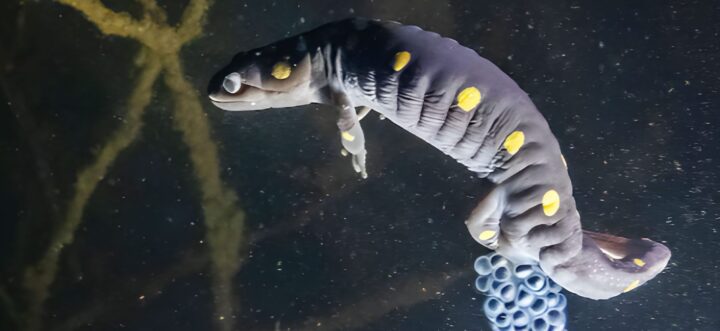Cooperate Within the Same Species
A species is a group of organisms capable of breeding to produce fertile offspring. When individuals within a species undertake activities that benefit one another, that cooperation benefits not just the individuals, but also local and wider populations of that species. Collaborating in activities such as finding food, controlling parasites, and protecting from predators enhances overall survival. To cooperate, there must be enough benefit to an individual, and especially to a population, to justify any risk taken by individuals. Through cooperation, risk is distributed among individuals and the benefits to the community are greater than the sum of the benefits to individuals. An example is birds that gather in flocks, a cooperative activity more beneficial than acting alone. While some birds forage, others watch for predators. When one finds food, others also feed on it. Despite potential short-term competition for an individual that finds food, over the long-term, that same individual benefits when others find different food sources.
Cooperate/Compete Between Different Species
From parasitism to mutualisms, there are endless interactions between organisms in nature. Interactions between species that lead to a negative outcome for one species are known as competition. Cooperation occurs when organisms work together for the benefit of each organism or species. While competition often occurs over resources or mates, the more biologists have begun to look for examples of cooperation in nature, the more they have found. For example, around 90% of plants have a beneficial partnership with fungi. Fungi provide the plant with nutrients such as nitrogen and phosphorus, in exchange for sugars from the plant.
Maintain Biodiversity
The greater the amount of genetic and species variation in an ecosystem, the more resilient that ecosystem is to disturbances. Variation in ecosystems across the Earth also contributes to the Earth’s resilience to unpredictable changes. This variation is called biodiversity. Because living systems compete with each other for scarce resources, maintaining biodiversity involves creating conditions for a large variety of species to successfully co-occur and reproduce. For example, within a wetland, there are different vegetation types. This diversity results in a complex mosaic of microenvironments as the vegetation types alter air flows, light regimes, and water temperatures and chemistry. Because organisms vary in their ideal environmental conditions, these micro-environments increase the diversity of plants in the wetland. In turn, having a wetland in an otherwise dry area increases biodiversity at an even larger scale.





